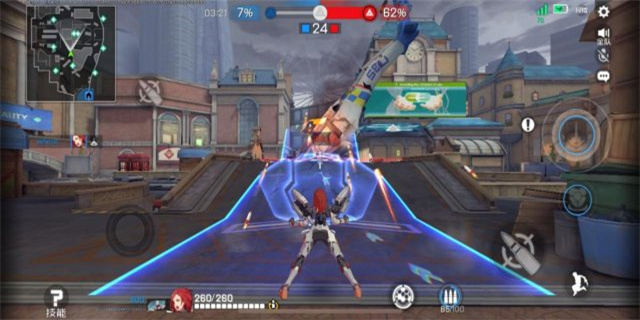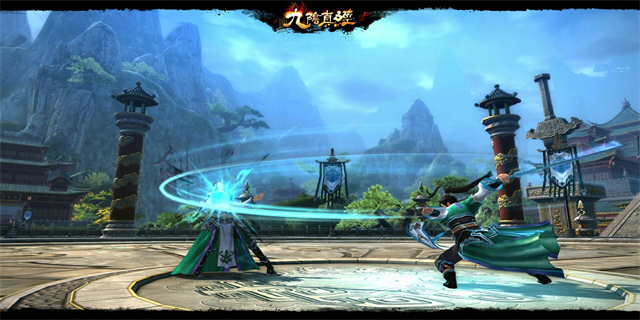PS2 BIOS
Introduction
The PS2 BIOS is a fundamental component of the PlayStation 2 console that serves as the bridge between the hardware and software. It is responsible for initializing and configuring the console's hardware components, allowing for smooth gameplay and optimum performance. This article aims to explore the importance of the PS2 BIOS and its role in the gaming experience.
Understanding the PS2 BIOS


The PS2 BIOS, short for Basic Input/Output System, is a firmware that is programmed onto a ROM chip embedded within the PlayStation 2's motherboard. It is a small piece of software that is executed each time the console is powered on. The BIOS holds crucial information about the system's hardware, such as the graphics rendering capabilities, input/output settings, and memory configuration.
When the PS2 is turned on, the BIOS performs various checks and configurations to ensure that the hardware is functioning correctly. It initializes all the essential components, including the central processing unit (CPU), graphics processing unit (GPU), and memory controllers. Additionally, it provides the necessary communication between the console's hardware and the software loaded from the game discs.
While the BIOS is essential for the console's operation, it is the responsibility of game developers to optimize their software to work efficiently with the PS2 hardware. This includes programming games to utilize the available memory, graphics capabilities, and other features supported by the BIOS. Failure to do so can result in compatibility issues, poor performance, and graphical glitches.
The Significance of PS2 BIOS

The PS2 BIOS plays a crucial role in ensuring the compatibility and stability of the console. It acts as a mediator between the hardware and software, providing a standardized interface for game developers to work with. By having a consistent hardware platform, developers can focus on creating immersive and visually stunning games without worrying about individual hardware differences.
One significant advantage of the PS2 BIOS is its ability to handle backward compatibility. The PS2 was released as a successor to the original PlayStation, and the BIOS allows it to run games designed for the older system. This feature not only widens the game library for the PS2 but also preserves the gaming history and allows players to enjoy their favorite titles from the previous generation.
Furthermore, the PS2 BIOS enables the console to perform various system-level tasks. It handles the loading and booting of game discs, manages memory allocation, and controls the input/output devices. The BIOS also facilitates system updates by allowing the installation of new firmware, providing enhancements, bug fixes, or additional features for the console.
Additionally, the PS2 BIOS allows for region locking, which limits the playing of DVDs and game discs from specific regions. This feature was implemented to control distribution and prevent unauthorized copies of games from being played on consoles in different regions. While region locking has its controversy, it has helped in protecting the intellectual property rights of developers.
Conclusion

The PS2 BIOS serves as the foundation of the PlayStation 2 console, bridging the gap between hardware and software. It plays a vital role in initializing the console, ensuring compatibility, and optimizing performance. The BIOS allows game developers to create immersive experiences by providing a standardized platform, handling system-level tasks, and enabling backward compatibility. Despite its importance, it operates behind the scenes, often unnoticed by players, but its influence on the gaming experience is undeniable.






暂无评论,113人围观